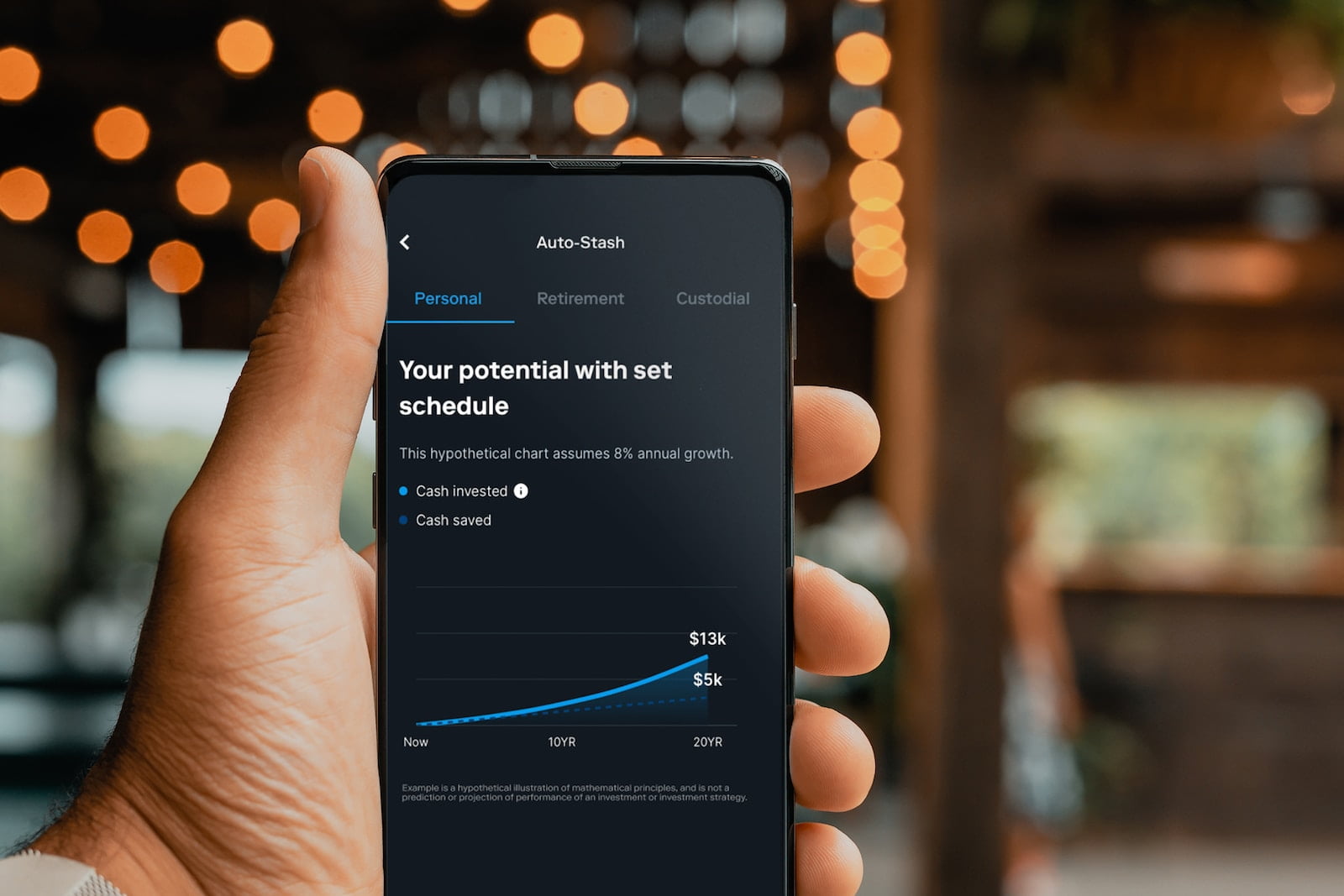SDK (Software Development Kit) trading has gained significant traction in recent years as the financial industry embraces technology-driven solutions to streamline trading processes. This innovative approach allows developers to create customized trading applications and algorithms, democratizing access to financial markets. In this article, we will delve into the world of SDK trading, exploring its key components, benefits, risks, and how it is reshaping the landscape of modern trading.
Understanding SDK Trading
SDK trading, also known as algorithmic trading or automated trading, refers to the use of software development kits (SDKs) to build and deploy trading algorithms that execute buy and sell orders in financial markets. These algorithms can range from simple rule-based strategies to complex machine learning models, all designed to analyze market data, make trading decisions, and execute orders automatically.
Key Components of SDK Trading:
Software Development Kits (SDKs): SDKs are sets of tools, libraries, and APIs that developers use to create trading applications. They provide access to market data, order execution, and risk management functionalities.
Trading Algorithms: Trading algorithms are software programs that implement specific trading strategies. They can range from high-frequency trading algorithms that execute thousands of trades per second to long-term investment algorithms.
Market Data Feeds: Real-time and historical market data feeds are essential for algorithmic trading. These feeds provide information on price quotes, trade volumes, order book depth, and more.
Order Execution: SDK trading platforms offer APIs for order execution, allowing algorithms to place buy and sell orders in the market.
Risk Management: Effective risk management tools are crucial to control the exposure and potential losses of trading algorithms. This includes setting position limits, stop-loss orders, and risk thresholds.
Benefits of SDK Trading
Speed and Efficiency: SDK trading algorithms can execute trades within microseconds, taking advantage of market opportunities and minimizing latency.
Accuracy: Automation reduces the potential for human errors in trading, ensuring that orders are executed precisely according to predefined rules.
Diversification: SDK trading allows for the simultaneous execution of multiple strategies across different markets and asset classes, enhancing portfolio diversification.
Consistency: Trading algorithms adhere to predefined strategies consistently, avoiding emotional biases that can affect human traders.
Backtesting: Developers can test trading strategies using historical data to assess their performance before deploying them in live markets.
Scalability: SDK trading can be scaled easily to handle large trading volumes, making it suitable for institutional traders.
Common SDK Trading Strategies
Trend Following: These algorithms identify and follow existing market trends, buying in bullish markets and selling in bearish markets.
Statistical Arbitrage: Statistical arbitrage strategies exploit short-term price discrepancies between related assets, aiming to profit from mean reversion.
Market Making: Market-making algorithms provide liquidity by continuously placing buy and sell orders, profiting from the bid-ask spread.
Pairs Trading: Pairs trading strategies involve taking long and short positions in two correlated assets, aiming to profit from the spread between them.
Machine Learning: Machine learning algorithms use historical data to learn and adapt to market conditions, making predictions and trading decisions based on patterns and trends.
Risks and Considerations
While SDK trading offers numerous advantages, it also presents risks and considerations:
Technical Failures: Software glitches, network outages, and hardware failures can disrupt algorithmic trading and result in financial losses.
Market Volatility: Rapid market movements can trigger unexpected price slippage, impacting the profitability of trading algorithms.
Overfitting: Overfitting occurs when algorithms are tailored too closely to historical data, leading to poor performance in live markets.
Regulatory Compliance: Algorithmic trading is subject to regulatory oversight and may require compliance with rules and reporting requirements.
Data Security: Protecting sensitive trading data from cyberattacks and breaches is essential.
Getting Started with SDK Trading
Select a Platform: Choose a trading platform or brokerage that offers robust SDKs and APIs for algorithmic trading.
Learn the Basics: Gain a solid understanding of financial markets, trading strategies, and programming languages commonly used in SDK trading, such as Python or C++.
Backtesting: Develop and backtest your trading strategies using historical data to assess their potential profitability.
Risk Management: Implement risk management measures, including position sizing, stop-loss orders, and risk thresholds.
Continuous Monitoring: Continuously monitor the performance of your trading algorithms in live markets and make adjustments as needed.
SDK trading has ushered in a new era of automation and efficiency in financial markets, allowing traders and developers to harness the power of technology to execute trading strategies with precision and speed. While it offers numerous benefits, it is essential to approach SDK trading with caution, given the potential risks and complexities involved.
As technology continues to advance, SDK trading is likely to play an increasingly significant role in financial markets. Traders and developers who embrace this innovative approach can gain a competitive edge, streamline their trading processes, and unlock new opportunities in an ever-evolving landscape.

+ There are no comments
Add yours